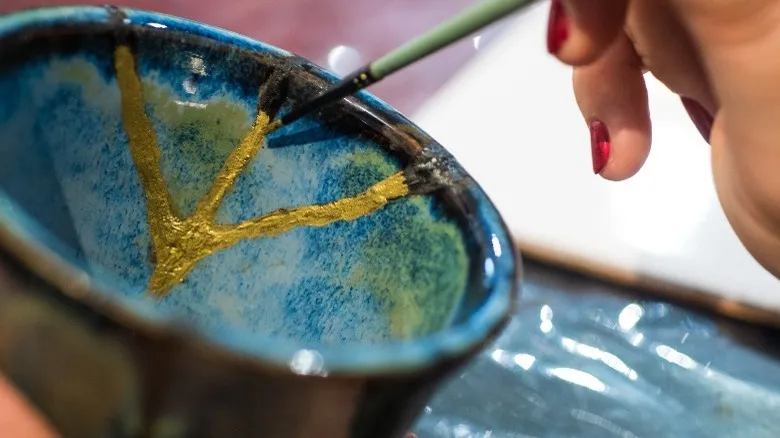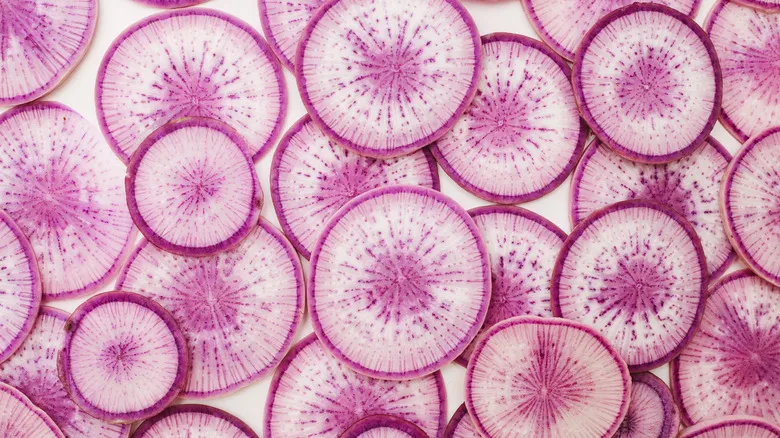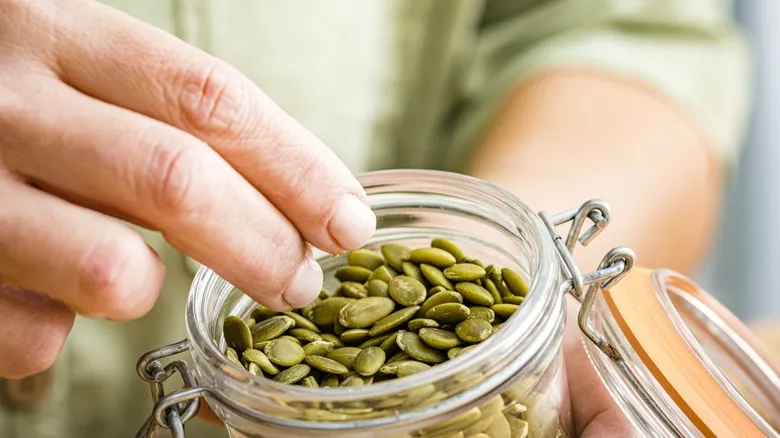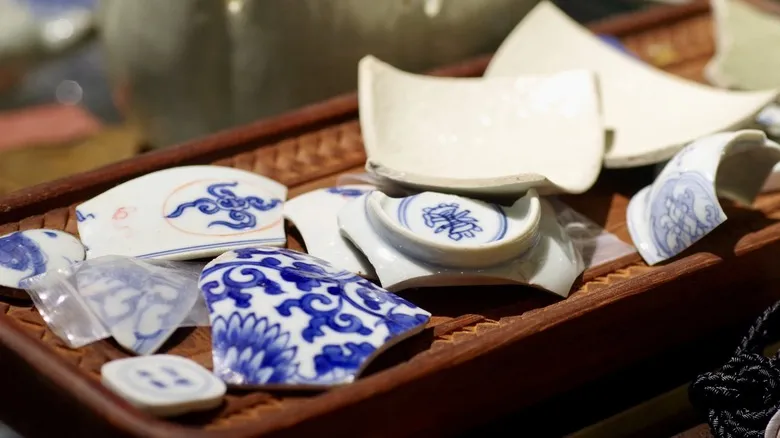How to save your broken dishware

China refers to ceramic or porcelain that is coated with a waterproof glaze. The term "china" is typically reserved for high-quality, expensive pieces, but any item originating from clay or kaolin (a type of white clay) can be repaired in a similar way. These items start as pliable clay mixed with water and minerals (usually feldspar or quartz) and are then transformed into durable surfaces suitable for dining or decorative purposes.
While milk won't effectively bond cracked pieces together, glue and epoxy resin can do the job. There are numerous online tutorials available for guidance. However, the repair process can be time-consuming, especially if you intend to use the item for food or want to avoid common dishwasher mishaps, such as placing non-dishwasher-safe dishes in the machine. If the item holds significant value for you, it may be worthwhile to learn the repair techniques or consult a pottery expert.
In Japan, the philosophy of wabi-sabi emphasizes finding beauty and worth in aged or imperfect items. Skilled artisans practice kintsugi, an art form that involves mending broken china with gold lacquer, transforming flaws into celebrated features. This concept is even embraced by Michelin-starred Japanese steakhouses in their dining environments. Sustainability remains a timeless trend.
Recommended

Yes, You Can Cook Radishes. Here's Why You Should

How To Turn Your Hot Dogs Into Adorable Octopuses

Can You Substitute Pepitas With Pumpkin Seeds?

How To Properly Freeze Celery To Avoid Ice Crystals
Next up

